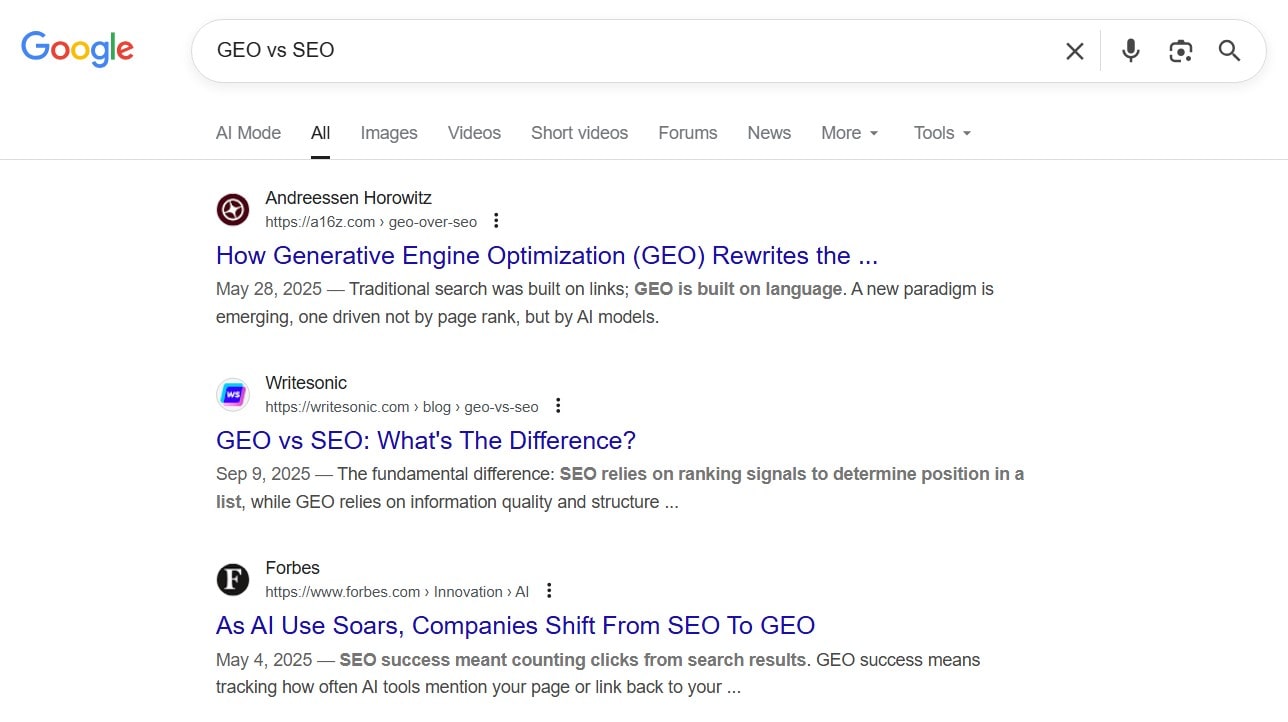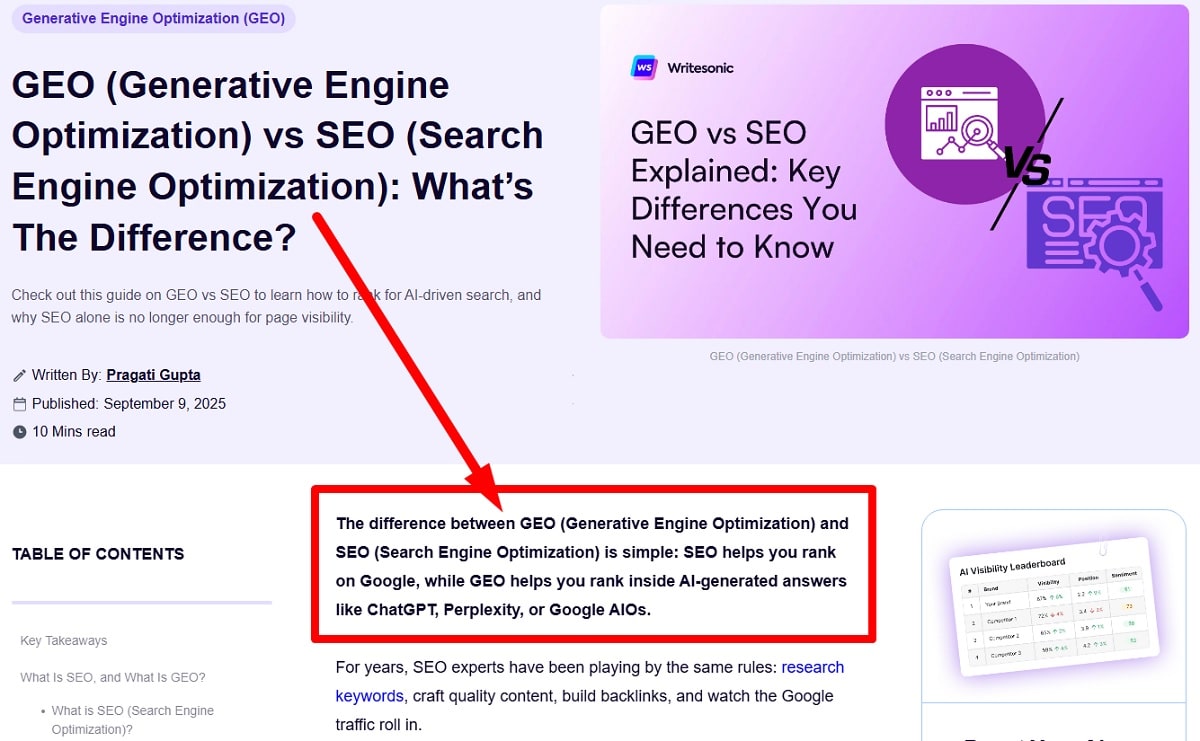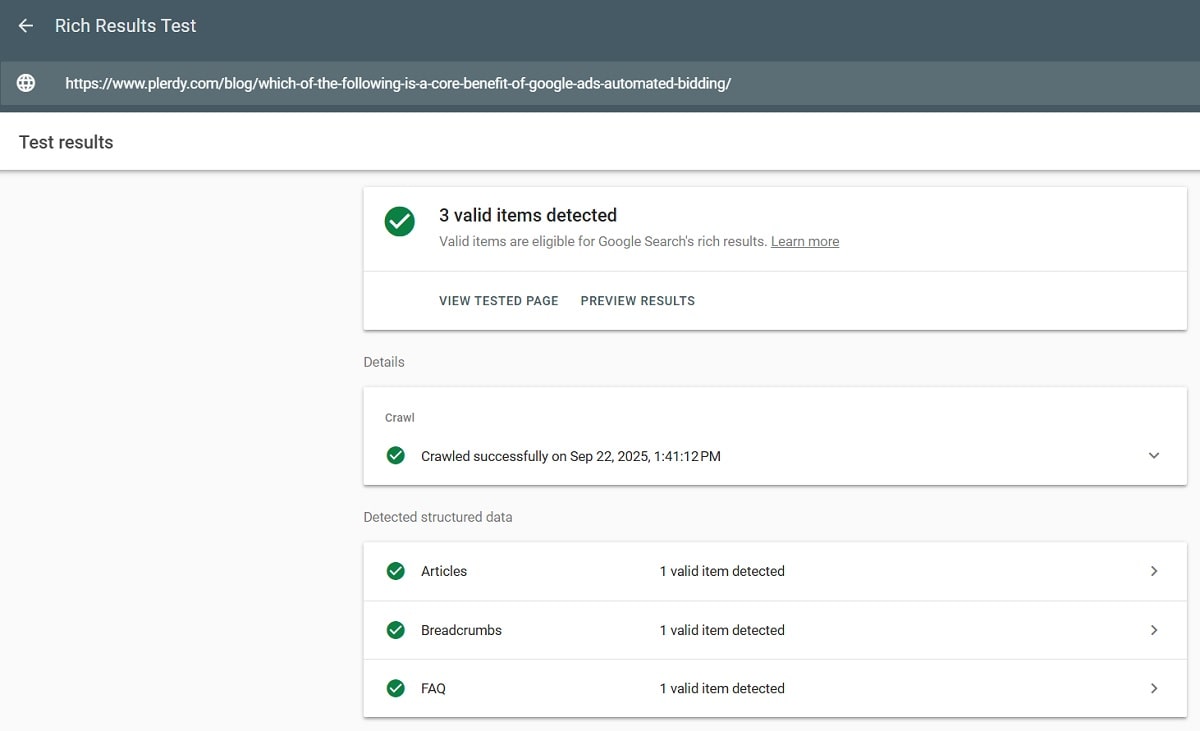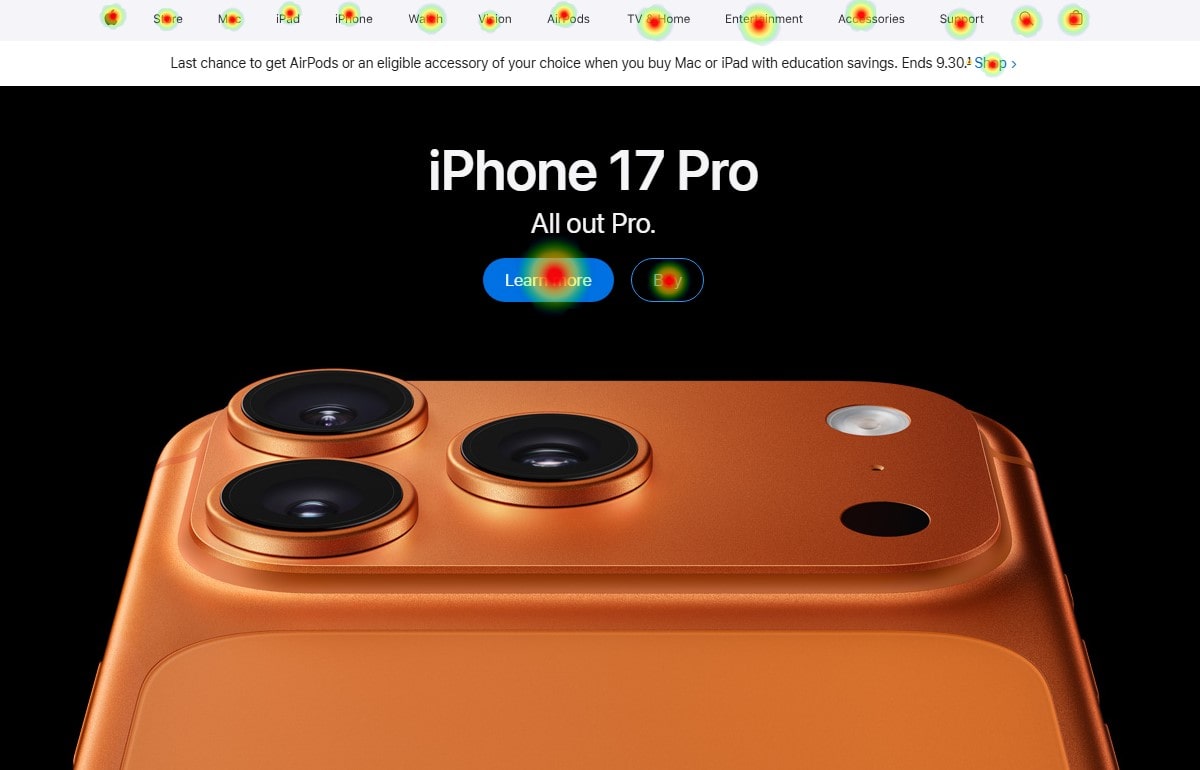You want the truth about rankings? The link still matters, but it’s not your top-3 lever with Google anymore. When a user runs a search, Google won’t reward every link; it checks intent, usefulness, and page experience—does the page solve the task fast? That’s real SEO now, not just link counting.
In this piece you’ll get a simple, testable plan: map intent, tune copy, fix layout, prove value. We’ll use live examples from Shopify and HubSpot, plus Plerdy SEO Analyzer and Ahrefs. Less link panic, more SEO clarity—and yes, better search wins.
“Not Top-3”: What That Actually Means

So here’s the deal: the link still matters, but Google doesn’t treat it as your magic switch anymore. Modern SEO pushes you to match intent, prove usefulness, and keep the page fast and clean. When a user runs a search, Google checks context, not just link volume. Think “does this page solve the task fast?” If yes—strong signals beat weak backlinks all day. I test this weekly with Plerdy SEO Analyzer and Ahrefs; on Shopify or HubSpot pages, small layout fixes often move more than any outreach sprint. Shoot for sub-2.5s LCP, stable layout, and clean headings. It’s still SEO, just grown-up.
The shift from quantity to context
We moved from counting to understanding. One relevant anchor that explains the topic, normal surrounding copy, and a trusted source—this beats twenty random mentions. Google reads the page around the anchor; the search intent must fit your content section. In short: quality link, strong topic match, real publisher. That’s the new stack.
When links still move the needle
Fresh pages? Tough SERPs with strong rivals? Digital PR with real coverage? Here a link still helps, because SEO needs discovery and authority signals to start. For commercial search, one deep guide or a data study that lands press on TechCrunch or Moz can kickstart crawling and confidence. Use it to enter the race, not to mask thin pages.
- What to do this week instead of buying links
- Map 5 queries to tasks; fix above-the-fold answers; retest speed with Plerdy SEO Analyzer.
- Ship one tiny UX win; re-measure scroll and attention with Plerdy UX & Usability Testing; then consider smart outreach.
The New Ranking Stack: Relevance, Usefulness, Experience

You want wins in SEO today? Match the query first, then prove the page helps. Google now rewards pages that answer the search task fast, clean, and clear. A link still counts, but it’s not your jet engine. Think of a stack: intent → helpful content → page experience → credibility. When this stack is tight, Google trusts you. On Shopify case pages or a HubSpot playbook, I see the same pattern: simple intro that solves the search question, tidy layout, no noise. Then we double-check with Plerdy SEO Analyzer, PageSpeed Insights, and Ahrefs. Aim for LCP under 2.5s and CLS under 0.1. Do this and SEO grows steady. Do nothing and the search result forgets you fast, even with a shiny link or two.
Intent Fit > Everything
Map every search to a task: learn, do, compare, go. Put the answer above the fold, not buried under banners. Google reads signals: headings, copy blocks, internal link paths. Real SEO here means short intro, direct proof, and one clear CTA. If the search asks “cost,” show ranges in the first screen. If it’s “compare,” show a tight table with pros and cons. After this, audit with Plerdy SEO Analyzer to catch missing titles or soft 404s. When intent is tight, Google relaxes. Your link profile helps, yes, but the page carries the race.
Page Experience as a Multiplier
Speed plus clarity turns good content into a winner. Mobile first. Keep layout stable, trim scripts, and set readable fonts. Google rewards pages that help the search user breathe. This is practical SEO, not magic. I run Plerdy UX & Usability Testing (AI prediction heat map + scroll depth) to see if users will spot the CTA in the first 50–60% of the screen. Numbers matter: push LCP < 2.5s, TTFB < 800 ms, and reduce image weight by 30–40%. One clean link from a trusted site multiplies results when the page already feels smooth.
Checklist:
- Readability: short sentences, strong subheads, no walls of text.
- LCP/CLS: under 2.5s / under 0.1 on mobile, stable elements.
- Nav clarity: one primary action, simple internal link path.
- Accessibility cues: alt text, focus states, enough contrast.
Why Big Link Campaigns Underperform Now

Here’s the honest story: a link blast used to feel powerful, but Google moved on. Modern SEO rewards pages that answer the search job; a random link from a weak blog does almost nothing. After the first strong link group, returns shrink fast—your SEO graph turns flat, your Google positions wobble, and your search traffic stays stubborn. I ran outreach for a client, 400 emails, and saw ~3–4% replies; only 1–2% became a usable link. That cost more than fixing content. Teams pour budget into swaps and templates; Google filters most of it. Want proof? Ship a layout fix, add a mini-FAQ, tune headings—suddenly SEO improves without a new link. The search engine prefers pages that help humans. So yes, Google still counts a link, but not as your hero metric anymore.
The math of diminishing returns
The first 5–10 strong links from relevant sources help Google discover and trust your page. The 200th average link barely moves search position; it may not help SEO at all. Anchor and context matter more than volume, so Google gives a small bump, then stops caring. I’ve seen Shopify-style guides jump with 8 quality mentions; the next 50 did nothing. When your search intent is clear, SEO grows from content depth and internal links, not bulk outreach. In short: quality wins; spreadsheets full of contacts do not.
Risk surface and wasted budget
Mass link swaps, low-value guest posts, and expired domains can drag SEO down. Google rolls an update, and your search visibility shakes; now you pay for cleanup. Penalty scares, lost time, brand pain—ugly combo. Add real costs: writers, tools, inbox management, fees for “placements.” That money could fix on-page gaps, speed, and internal link paths. When Google sees a page that answers the search task in one screen, trust grows faster than any sketchy link wheel. Your SEO becomes stable, not roulette.
Takeaway: measure cost-per-rank only if the page already solves the task; otherwise it’s vanity. Measure cost-per-task-solved and watch Google reward you, even with fewer links.
What to Build Instead: Depth, Coverage, UX Proof

You want growth without burning budget on every link pitch? Then give Google something irresistible. Real SEO today means the page answers the search task fast, shows proof it helps, and guides the next step. Depth over noise. Coverage over fluff. A clean page can beat a messy page with more links—seen it many times on Shopify stores and HubSpot playbooks. When Google meets tight structure, it relaxes; your SEO stops wobbling. Aim for sub-2.5s LCP, stable layout, and one obvious CTA. Do this and the search result starts smiling at you. Two strong links plus perfect UX often outrun twenty random link drops. That’s the trade: fewer emails, more proof.
On-page depth and topical coverage
Start with an intro that matches the search intent in the first screen. No fluff, just “Here’s the fix.” Use scannable subheads so Google understands the map, and the user breathes. Add small examples: one before/after headline, one quick table, one mini-FAQ that closes SERP gaps. Internal links must solve the next task—guide from “learn” to “compare” to “buy.” This is simple SEO math: clear pathways win. I check coverage with Ahrefs or Semrush, then patch holes. When content meets intent, Google rewards you; the search journey feels shorter, and each link you earn works harder.
UX evidence and priority fixes
Prove the page is easy. Above-the-fold clarity, uncluttered CTAs, stable elements—no jumping circus. Run prediction and scroll tests so you know the CTA is visible by 50–60% scroll. Cut image weight by 30–40%; trim scripts; set readable fonts. That’s boring? Maybe. But Google loves boring fast pages, and SEO gains stay. After these fixes, even one trusted link can push the search ranking further than your last hundred emails. Ship, re-measure, repeat.
- Plerdy SEO Analyzer — scan headings, metadata, indexability, on-page SEO issues in seconds.
- Plerdy UX & Usability Testing (AI prediction heat map and scroll depth by Plerdy) — predict attention, confirm fold depth, spot distraction before launch.
- Ahrefs / Semrush — find topical gaps, check anchors for each link, validate search demand.
- PageSpeed Insights — verify what Google sees; lock in LCP/CLS targets for stable SEO gains.
Measurement: Proving Gains Without Link Spikes

You want proof, not fairy tales. Measure SEO by intent, not by a raw link counter. When a user runs a search, Google rewards pages that help fast; show that with numbers. Track outcomes where the page solves a task, then decide if a new link even matters. I report weekly: segment SEO results by intent, compare search clicks to on-page actions, and only then judge Google moves. Two clean links on a strong page can beat twenty random ones; the dashboard must show it.
5-metric shortlist (weekly):
- Query-set lift per intent: impressions → clicks for the same search cluster.
- First meaningful rank: positions 2–5; ignore noisy average.
- CTR to primary action after Google visit; compare to last week.
- Time to first helpful element (goal: <10–12s on mobile).
- SERP features captured for that SEO topic (FAQ, video, how-to).
Use Plerdy UX & Usability Testing for scroll/attention predictions; run Plerdy SEO Analyzer pre-deploy to catch tech gaps before Google re-crawls.
Query-set tracking and intent segments
Group keywords by intent—how-to, comparison, commercial—and follow the same search set across releases. Watch the “first meaningful rank”: when your page touches positions 2–5, Google signals trust for that intent. If SEO improves but the search clicks stall, check query mix. Maybe the link profile is fine; the problem is the cluster. Report deltas, not vanity snapshots. Two weeks of stable movement in that 2–5 band beats a one-day jump. When Google and your users agree on the topic, every new link works harder.
On-page behavior and conversion proxies
Prove that the visit mattered. Track scroll depth to the answer block (aim for 60–70%), CTR to the main CTA, and time to first helpful element. If search sends traffic and users bounce, no link storm will save it. Capture SERP features: FAQ or video can add +10–20% clicks on some topics. This is the boring hero of SEO—show Google that users finish tasks. After UX fixes, even one trusted link can extend the search win, and the curve stays steady instead of wobbling.
Internal Links: The Safer Power Move

You want a calm path to growth? Do internal links first. Google understands your site structure better, your SEO gets cleaner, and the search journey becomes shorter. A smart link from your guide to your comparison page often beats a random outreach link. On Shopify or HubSpot blogs, this move cuts friction fast. I run crawls, fix gaps, and Google rewards the map. Real SEO is navigation, not noise. When the search user moves in two clicks to the answer, you win. Start small, measure small, repeat. Less drama, more control, fewer broken links.
Build task-based internal paths
Guide the search user step by step: informational → comparison → product. Use human anchors, not stuffed phrases—clarity over tricks. Every link should answer “what next?” and move the task forward. In SEO terms, you reduce bounce and raise topical depth. Google reads this path and trusts your structure. Add a short banner or table to show choices, then link the clean path. Now your search flow feels natural, not forced.
Quality control
Cap the link count above the fold; keep it focused. No orphan pages—update sitemaps, breadcrumbs, and fix redirects. Run Plerdy SEO Analyzer or Screaming Frog to catch broken links, slow templates, thin titles. Google crawls easier; SEO waste goes down. Track search clicks to see if users reach the answer section faster. A tidy nav can add +10–15% CTR to key CTAs without buying a single link.
Three-step internal-link sprint:
- Crawl and map tasks (learn → compare → buy), then connect with one clear link per step.
- Add contextual blocks: mini-FAQ, short box, or table, each with one action link only.
- Re-crawl, check with Plerdy SEO Analyzer, watch Google impressions and search CTR for two weeks.
Conclusion
You want a simple ending: ship a page that solves the task fast and clean. Then use a link as fuel, not as a crutch. Google rewards that mindset. In real SEO work, a strong page wins the search even before a second link appears. Run an on-page/UX audit with Plerdy SEO Analyzer and fix blockers; 20–30% faster pages often convert better. Track intent, not vanity. Google should see helpful structure, and SEO should show real search outcomes. Add one trusted link after improvements, then another link if needed—small, steady, grown-up SEO.
